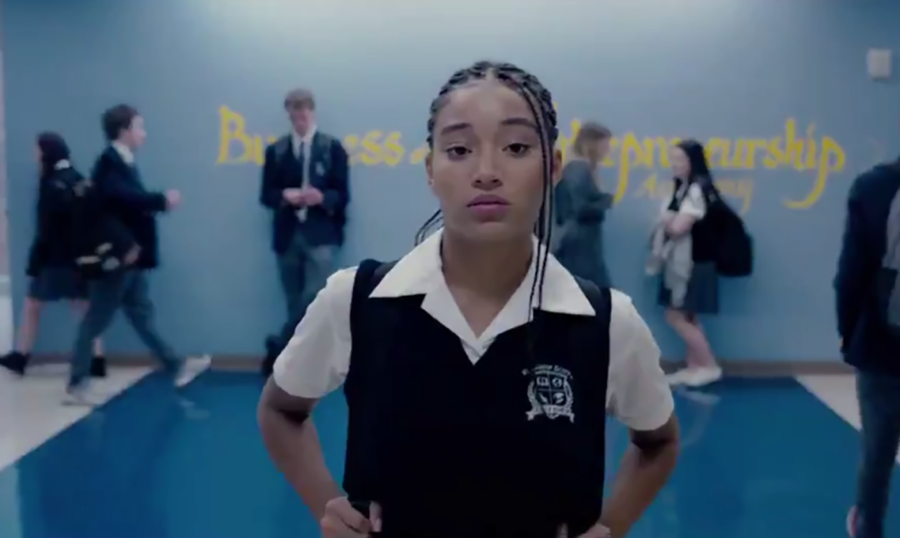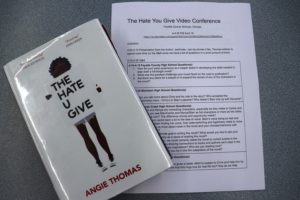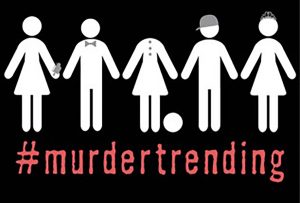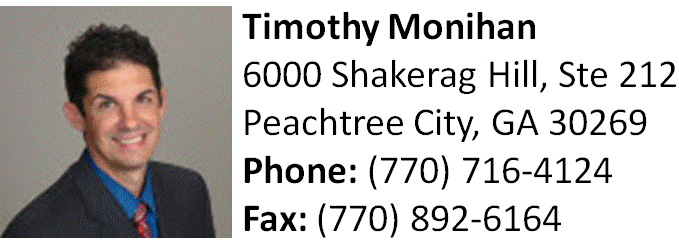‘The Hate U Give’ changes the way people view teen cinema
Starr Carter, played by Amandla Stenberg, walking the halls of Williamson Prep. “The Hate U Give” shows how teen movies are growing up from their normal romances and talking about issues that are plaguing America. This movie gives an insight into police brutality against black people and it confronts racism against all minorities.
October 27, 2018
Last week, the movie “The Hate U Give,” based on the book by Angie Thomas, was released. This new movie advances the way teen movies are handled by tackling issues America is currently facing.
“The Hate U Give” follows a sixteen-year-old black girl named Starr Carter. Starr lives in the majority black and poor community called Garden Heights, but she goes to a majority white private school called Williamson Prep. One night, at a party, she reconnects with her childhood best friend, Khalil Harris, but when they are pulled over while going back to Starr’s house she witnesses his death at the hands of a white policeman. Throughout the movie, she is forced to relive that fatal night over and over again because of how people are reacting to the shooting of an unarmed black teen by a police officer.
The main message the movie deals with how police brutality affects people. The movie tries to teach the audience the meaning behind Tupac’s saying THUGLIFE, which is The Hate U Give Little Infants F***s Everybody. In other words, when people wrongly portray others in a negative light and treat them accordingly, the mistreated group will come to believe the biased opinion about them. Then, with the false belief that they are inferior or worse in some way, they’ll act out, and both the oppressor and oppressed will suffer. This message is made clear at the end of the movie, when Starr’s little brother, Sekani, pulls a gun on someone who was trying to hurt their father and the police come, pulling a gun out on Sekani.
Even though Starr, played by Amandla Stenberg, knows that she is one of the only black kids at her high school, she truly does not see the effects of this until after Khalil’s death.
After the shooting of Khalil, Starr is angered with the comments made by her white classmates, mostly by one of her “friends” at the school Hailey, about how he was a dangerous drug dealer who would have been killed anyway even without the police officer’s involvement. She is upset about how the people in her school are using his death as an excuse to get out of class and protest, but they still act like he was some terrible gang member.
“The Hate U Give” also shows how racism still exists even in little mindless comments. Starr finally notices these types of comments once she sees the injustice happening to Khalil even after his death. Many times throughout the movie she explains how someone can say something racist without actually realizing that it is in fact racist. Still, it has to be explained to her that the people close to her can be racist, too.
She often refers to herself as Starr and Starr version two. The regular Starr is the person she is whenever she is with family and not afraid to be herself, and Starr version two is the Starr she is whenever she is around white people. Version two Starr is the polite and proper girl who never lets anyone say she is ghetto, stupid, or a charity case for her school. She works hard to keep up this persona as Starr version two. She constantly checks her looks and language. But this seems to fall away the further the movie progresses.
The movie does a wonderful job in showing these changes in Starr’s appearance. In the beginning, when Starr is at home her braids are either down or in a lazy half up, half down look, and while she is at Williamson prep, her hair is in a tight ponytail. In the middle of the movie at Williamson, she is letting more of her hair down more. This shows how Starr is getting more comfortable with letting people at the school see her normal self. At the end, when things have settled down a little after the shooting of Khalil and she has confronted her feelings in all of the aftermath, Starr takes her braids out and wears her hair naturally. This is the first way she combines the Starr in Garden Heights and the Starr in Williamson.
The movie version of “The Hate U Give” does the book justice without being the exact same. Within the four days since its release, “The Hate U Give” made almost $8 million. This movie explores the important themes of police brutality and racism and goes into more detail about code-switching, mentally and physically. “The Hate U Give” is one of the very few teen movies that discuss topics similar to this, but hopefully in the future of cinema, this will change.









